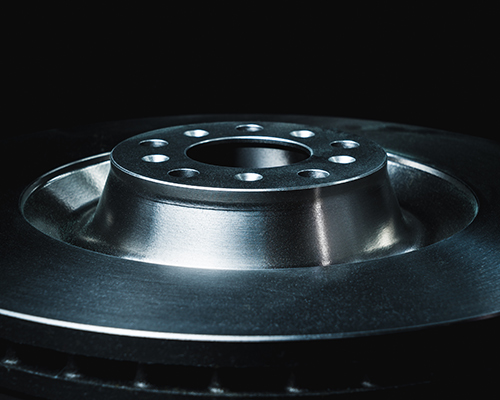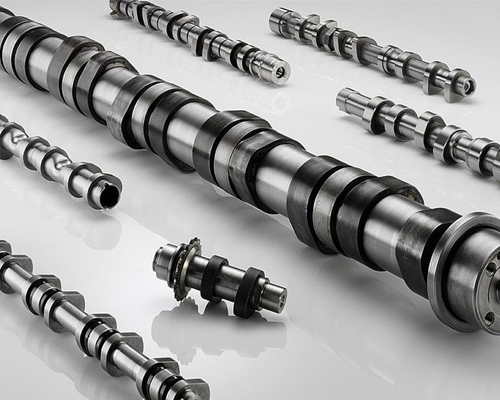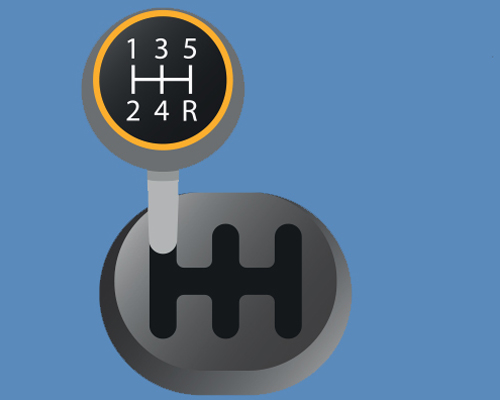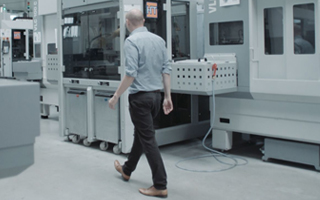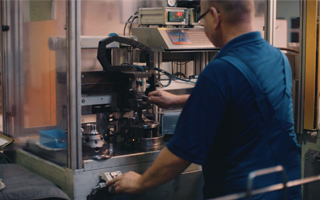How Do Foundry Pouring Units Work?
10th March 2021
Pouring is fundamental to the output and success of any foundry.
It’s from such sites that metal castings originate, but not without state-of-the-art equipment and a trusted process. Eurac Poole can count on both.
On average the MAT Foundry Group pours 550,000 tonnes of metal every year. This works out at roughly 1,650 tonnes a day. The final products are made in cast-iron materials and are commonplace in passenger, commercial and heavy-duty vehicles the world over.
Our production line is helped in no small part by automatic pouring units, machinery which lends itself to mass casting production.
So, let’s take a closer look at how things come together.
Process
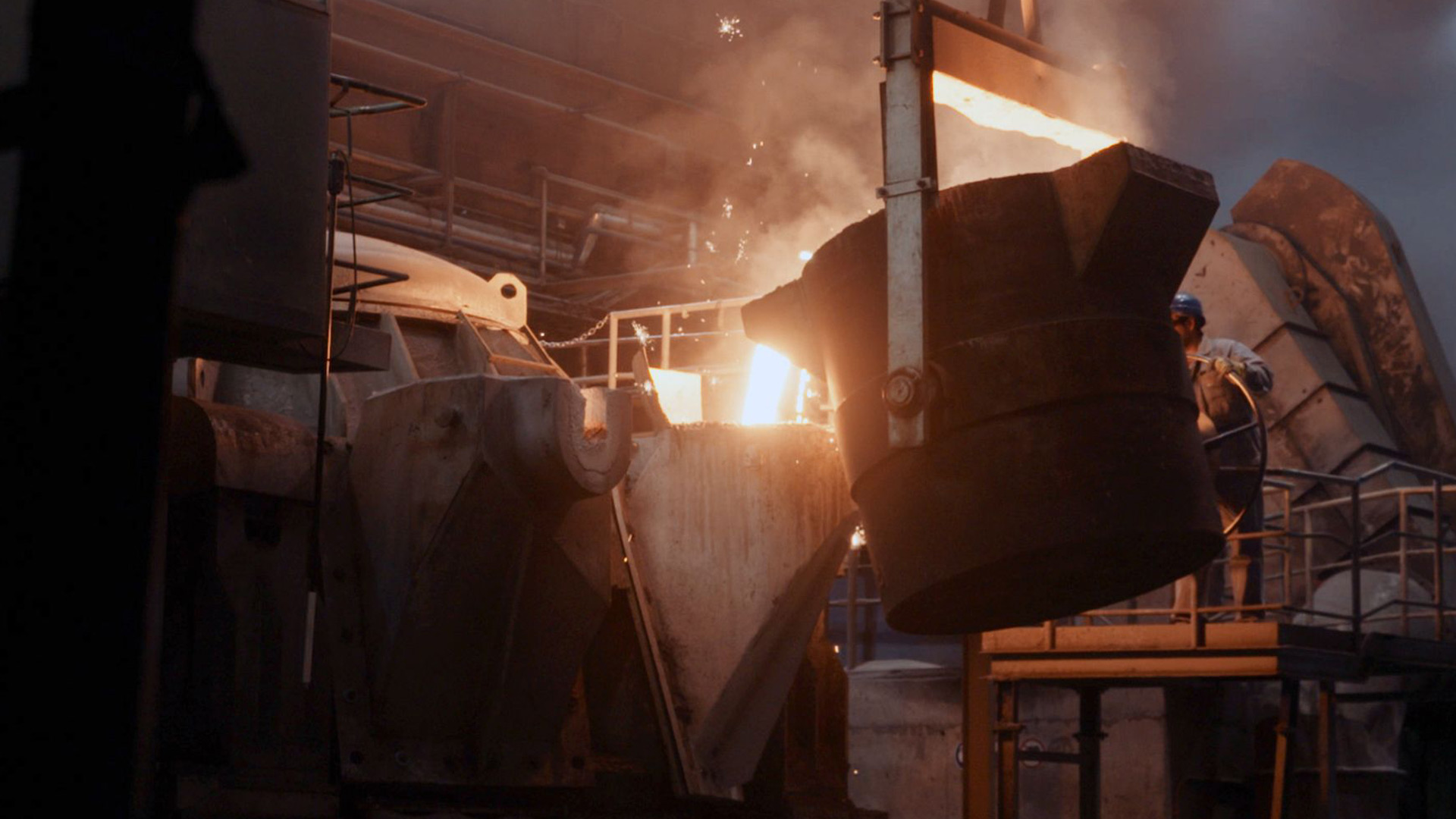
The pouring process typically works as follows. Recycled scrap metal is melted into a liquid within a smouldering hot furnace. Its resulting contents are poured into a ladle, from which it is then transferred into moulds. Once the metal cools - and solidifies an iron casting is born from said mould. You probably know the rest.
That’s a shortened explanation of a process better visualised.
Here at Eurac we can call upon automatic and twin pour technologies, delivering laser guided pouring accuracy. Our two identical automatic pressurised pouring furnaces allow us to realise increased production volumes and quality alike.
We oversee molten metal dispensed into a lip-pouring ladle weighing some 2 tonnes. This is itself hooked onto a 4-tonne overhead crane.
Once the pouring process is complete, the ladle is lowered to the floor and eventually transferred to pouring areas at the rear of the auto pour furnace.
Here the ladle is set down and given time to breathe before slag is removed courtesy of a slag off bowl.
Once deslagging has taken place, the ladle is raised once more, this time by a 3-tonne crane and to the pouring platform where metal is poured into its infill box.
And so the process starts over.
Equipment
Eurac’s pouring furnaces both boast an 8-tonne capacity.
Both have power reaching 340kW, while they operate at medium frequency – reaching somewhere between 180 and 250 Hz.
They also utilise alternating currents, supplied to the coil in much the same way as an electric coreless induction furnaces. The upshot of this is a much larger current of the same frequency is realised, to be induced in the metal, itself heated by its resistance against the passage of induced current.
Our molten metal is driven to the pouring spout courtesy of air pressure in the chamber. Yes, really. This is made possible by an air pipe created at the top of the chamber from a compressed air feeder.
The molten metal itself is then poured into moulds through a nozzle at the bottom of a pouring spout.
Not without a degree of pacing, however. An all-important flow is established using real-time feedback from a laser sensor, which monitors the level of metal within a pouring cup. The position of its accompanying stopper rod is adjusted accordingly.
Air pressure – also significant – is controlled by a programmable logic controller (PLC). The volume of air in the metal chamber relates to the pressure of the control air supplied to the furnace. A float stopper is utilised and moved up or down according to production usage. The proximity switch and furnace transducer combine to send signals to the PLC – thus setting an appropriate pressure.
Once pouring has taken place a furnace is typically left for 2-3 minutes so all the iron can be drained from it. It’s then lowered to the floor so its spout can be rid of any remaining debris.
Preparation
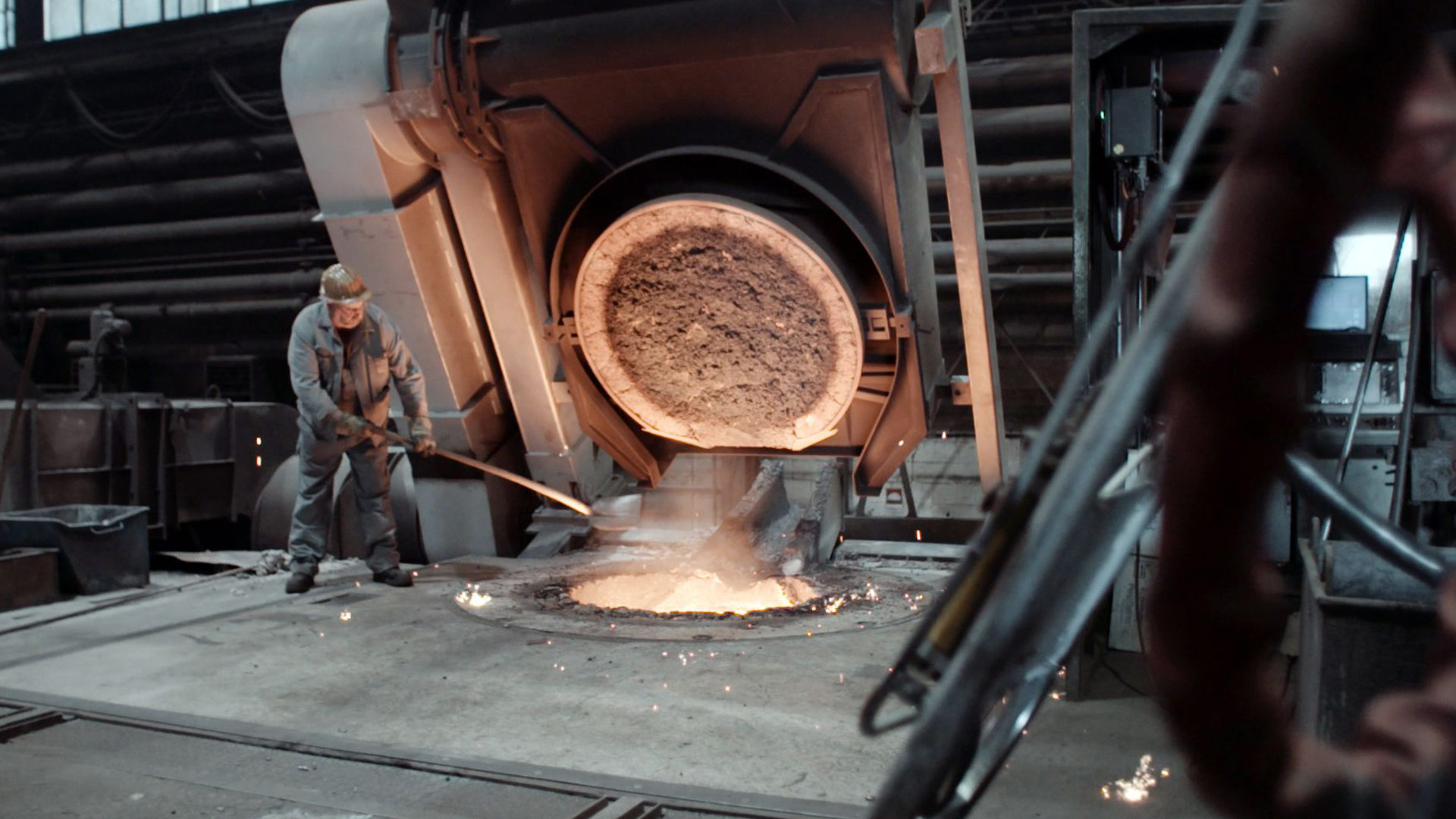
Despite the vast capabilities of our furnaces a fair amount of pre-planning is still involved. This is where a highly skilled team of engineers prove their worth.
To begin with, an operator must be on hand to ensure the aforementioned stopper, nozzle and laser are all aligned correctly.
Elsewhere the front pouring box has to be pre-heated and the laser calibrated to the top of the mould.
As for the nozzle, this needs to be piping hot, and the stopper fixed securely.
Only once all this is taken care of can the furnace be aligned and pressurised.
Even then the first 2-5 moulds are poured by hand, this to avoid any splash.
Benefits
Now we’ve outlined the process and setup, what are the benefits of automatic pouring?
Compared to the traditional method (hand pouring) these are obvious and plentiful. They can also be broken down into top level and operational advantages. Firstly, it helps production facilities to reduce costs – a big plus point.
It also creates a safer environment for those overseeing the pouring process, something of paramount importance. In addition, casting tends to be of a higher quality and the process that facilitated it easily repeated.
Automatic pouring also acts as a buffer store for molten iron at the pouring station.
On the operational side quick wins are just as clear.
There is the accurate positioning of spouts over the pouring cups themselves, not to mention a correct filling time facilitated by the gating system.
The metal pouring system, with greater accuracy, prevents overflow on the top face of any mould. What’s more, a well-controlled environment lessens the chance of slag entering the gating system and causing unnecessary headaches.
The importance of pouring cannot be overstated. It’s at this critical juncture that the physical properties of a car part are truly defined. Excelling in this process is what distinguishes Eurac’s offering from many of our competitors. All made possible by the meeting of technology and manpower.


